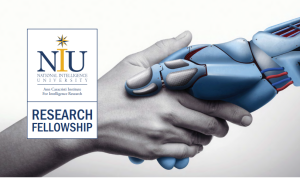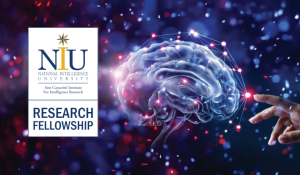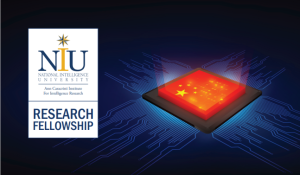Caracristi Monographs
Caracristi Monographs
Caracristi Monographs are in-depth academic research on intelligence topics. Often, but not always, these works are authored by our Research Fellows.
Many voices have expressed their concerns about the state of artificial intelligence (machine learning) in the U.S. Intelligence Community. This study uses a systematic review methodology to collect, analyze, and synthesize the reasons for these concerns, the problems raised, and the solutions offered. A systematic review aims to provide an evidence-based management approach to identify what is known about a topic and provide practitioners with information to decide what action to take in the future …
The Intelligence Community (IC) has identified insight as a desirable outcome of its intelligence assessments, but the community does not understand the insight process well enough to consistently achieve such an outcome. This gap of knowledge places intelligence analysts and managers in a double bind and reduces their ability and motivation to comply with policymakers’ calls for insightful assessments. Theoretically, insight and creativity have been studied under very specific conditions…
Artificial intelligence (AI) is one of many emerging technologies at the heart of economic and military competition between the United States and the People’s Republic of China. However, the structural differences between the two nations create a barrier to understanding the strengths and weaknesses of one another’s systems. This NIU Research Monograph provides an overview of China’s AI industry ecosystem from policies to execution, paying specific attention to key government ministries, private companies, and professional associations that drive industrial growth.





